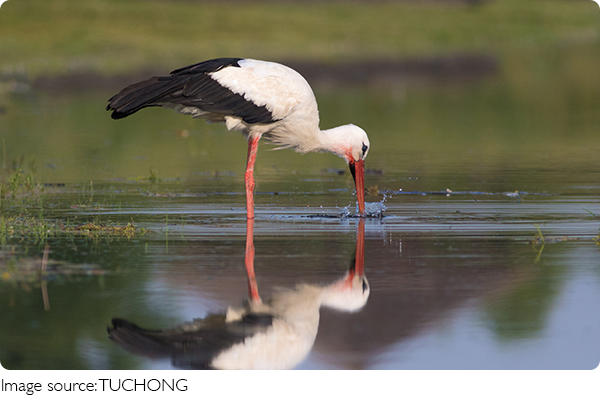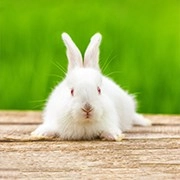Stork Symbolism

We all know about storks from childhood tales, where these graceful birds were said to deliver babies to expectant parents.
But did you know that storks hold a deeper cultural meaning and represent harmony and good fortune in many parts of the world? Let’s dive into the fascinating world of the European stork, one of the most iconic birds, and explore its symbolism, habitat, and cultural importance.
Stork Symbolism
video by Spirit Animal Totems
The Majestic European Stork
The European stork, also known scientifically as Ciconia ciconia, is a large wading bird that’s easily recognizable by its striking white plumage and long red beak and legs. These birds grow to about 100-125 cm in length and have an impressive wingspan of up to 215 cm. Their bodies are predominantly white, and they are known for their graceful yet slow walking on the ground, while in flight, they extend their necks.
These storks are migratory birds, with breeding populations in Europe, parts of North Africa, and Western Asia. As the cold weather sets in, they migrate to warmer climates in Africa and India, traveling as far south as southern Africa. Their migration is not only a natural spectacle but also a symbol of change and renewal.
Their Cultural Significance: A Symbol of Good Fortune
In many European cultures, storks are revered as symbols of prosperity, harmony, and family unity. For instance, in Lithuania and Belarus, storks are even considered national birds. In these cultures, the nesting of storks near homes is seen as an omen of happiness and well-being. This belief is deeply rooted in folklore, where people associate the birds with bringing good luck and family harmony.
The famous legend of the stork delivering babies likely originated from the bird's habit of nesting on rooftops. In the Middle Ages, it was believed that storks would carry souls of unborn children from the wetlands, where these souls would rest, to the homes of expectant families. This magical image stuck in many minds, especially in northern Europe, where storks became connected with childbirth and fertility.
Storks in Literature and Art
Storks have inspired countless works of art and literature. Hans Christian Andersen’s famous fairy tale "The Storks" paints a charming image of storks delivering newborns to loving homes. Beyond literature, storks have also made their way onto postage stamps, with over 120 different stork-themed stamps issued worldwide. These stamps represent not only the bird itself but the hope and positive energy it carries wherever it goes.
Their Role in Nature: Practical and Symbolic
While we admire their cultural significance, storks also play a vital ecological role. These birds are excellent at controlling insect populations, which is crucial in maintaining a healthy environment. In their natural habitat, storks are often seen hunting for frogs, insects, and small rodents in wetlands, marshes, and along riverbanks.
Interestingly, storks are known for their somewhat harsh parenting methods. When a stork family nests, the parents may sometimes eliminate the weaker or smaller chicks by either pecking them or pushing them out of the nest. This behavior, while seemingly brutal, is part of nature’s way of ensuring that only the strongest survive and thrive.
The Stork’s Nesting Habits
Storks prefer to build their nests in high places, often choosing tree tops or tall man-made structures. These nests can be quite large, sometimes measuring up to 2 meters in diameter! The storks typically lay 4-5 eggs per year, and the parents work together to care for the newborn chicks, feeding them and ensuring they grow strong enough to take flight.
The Stork in Modern Culture
In the modern world, storks are still cherished and serve as powerful symbols in art, literature, and even popular culture. Whether we see them in movies, books, or symbols of hope, the stork remains an enduring icon of new beginnings and family life. Even today, seeing a stork’s nest atop a building is considered a sign of good things to come in many communities.

The Timeless Appeal of the Stork
The stork, with its gentle presence and mystical allure, continues to inspire wonder and hope across the globe. Whether seen as a harbinger of good fortune or simply a beautiful bird that migrates across continents, the stork remains a cherished part of cultural folklore. So, next time you spot a stork in flight, take a moment to appreciate the deep symbolism it carries, and the timeless connection it has with human culture.
Lykkers, we hope this story about the stork brings a little extra peace and positivity into your day!

 · Animal Team
· Animal Team